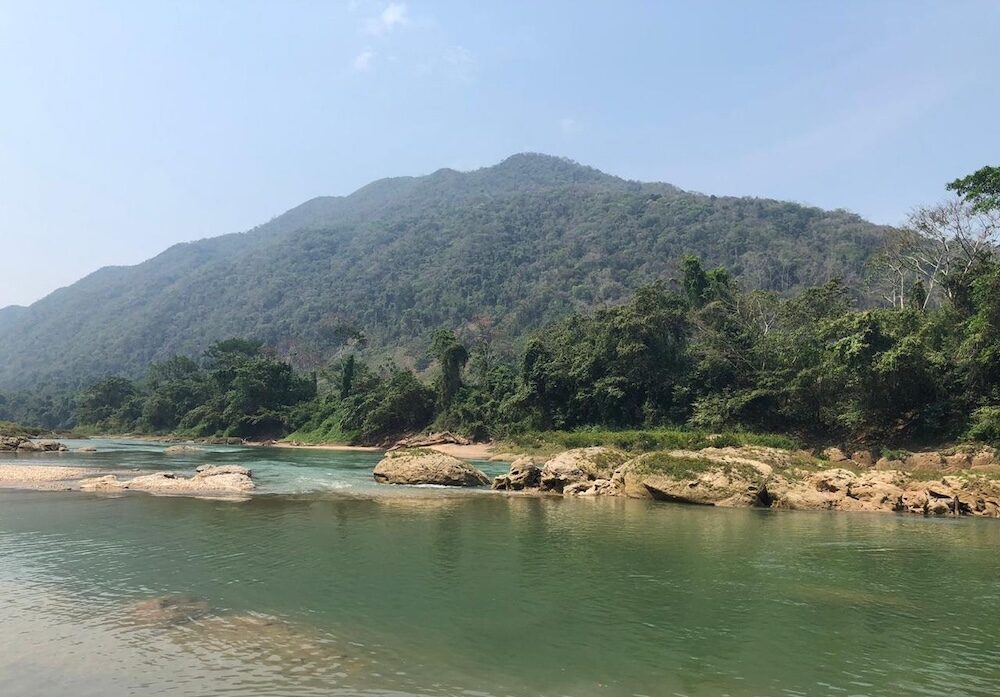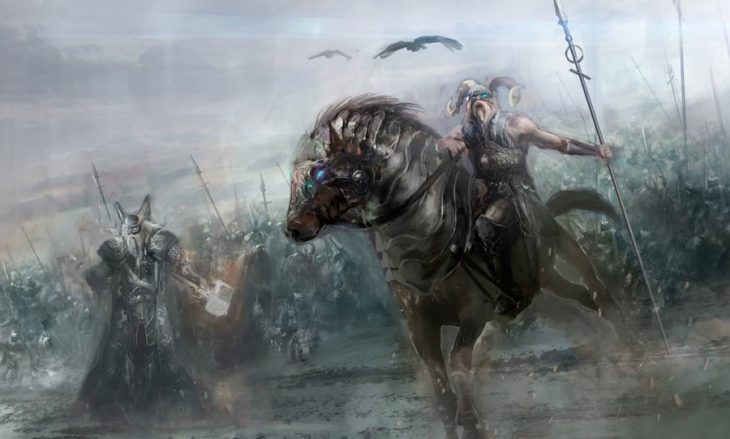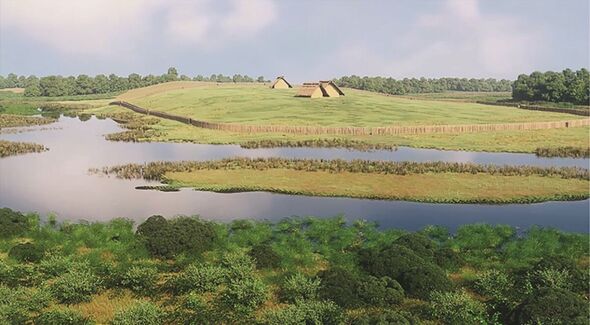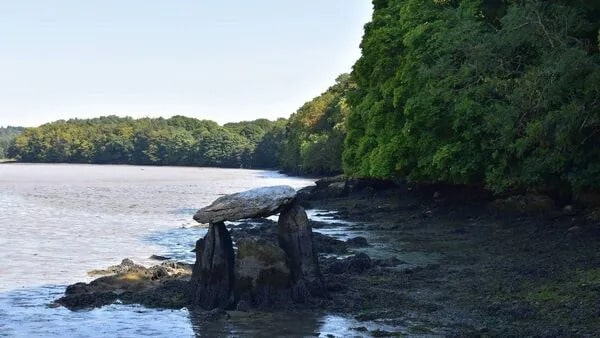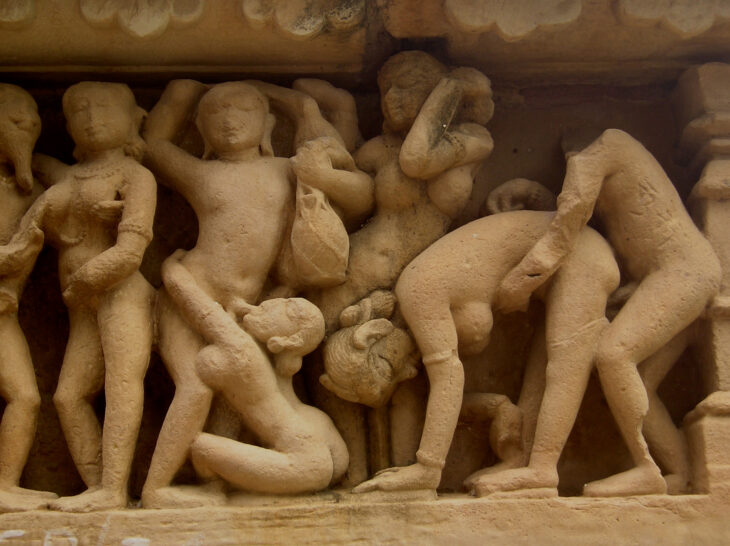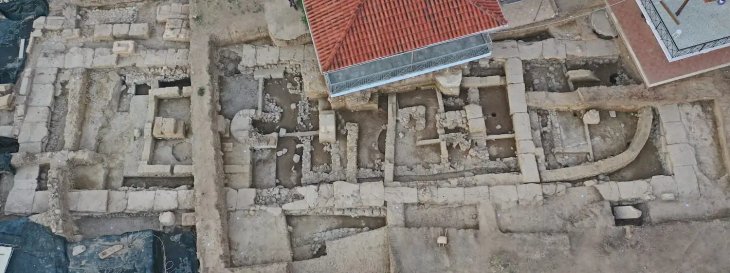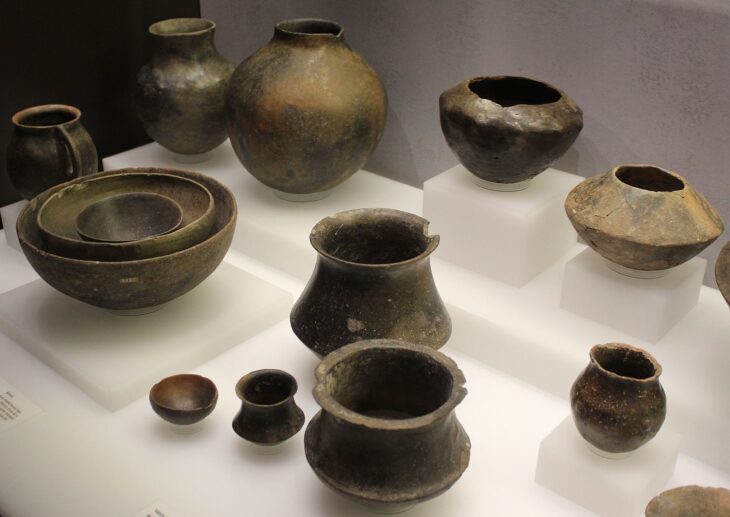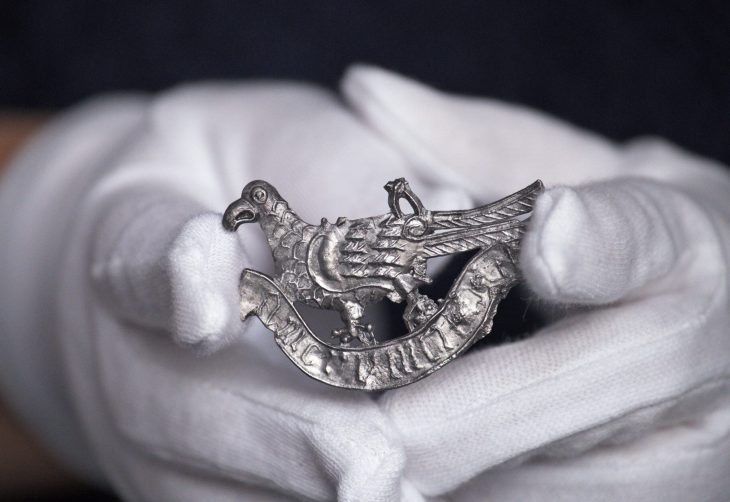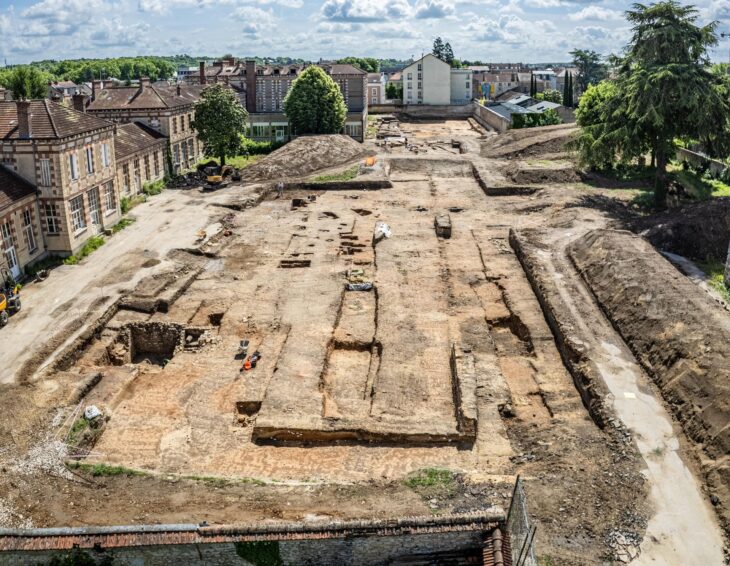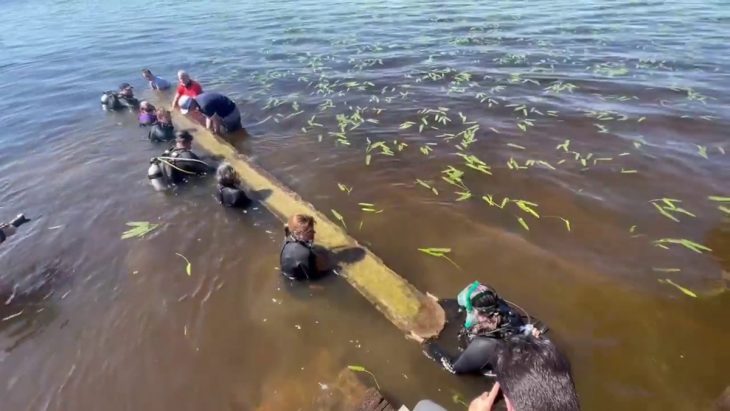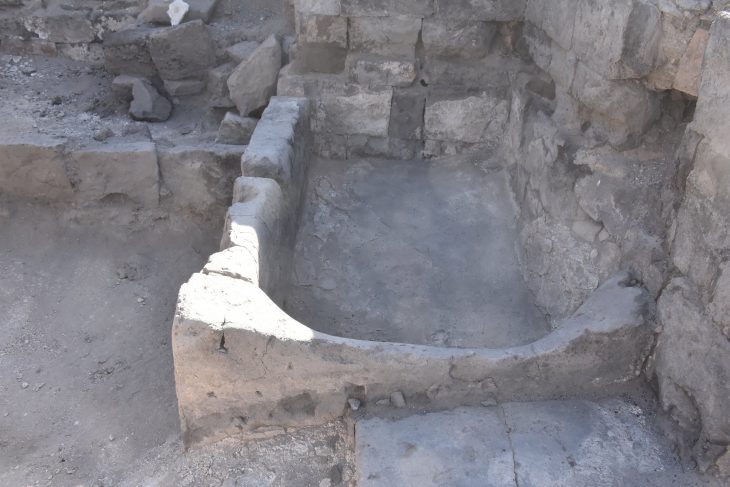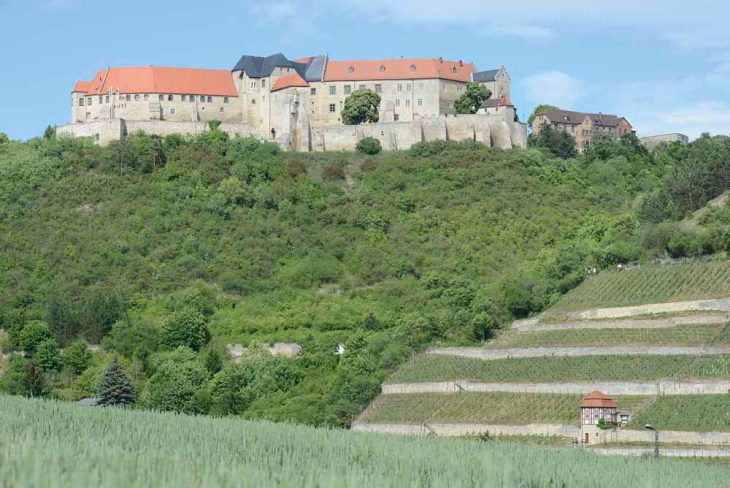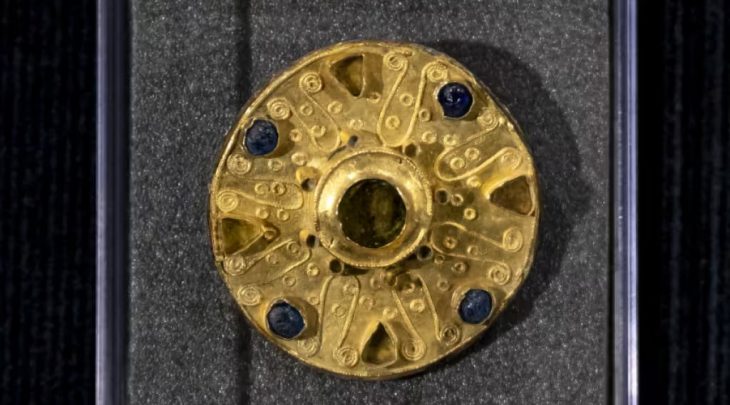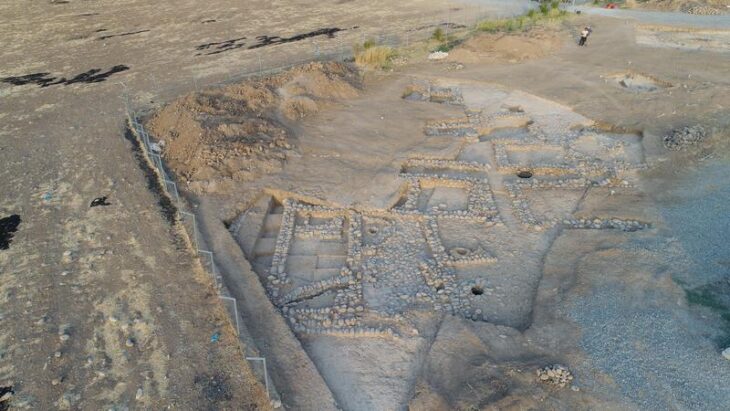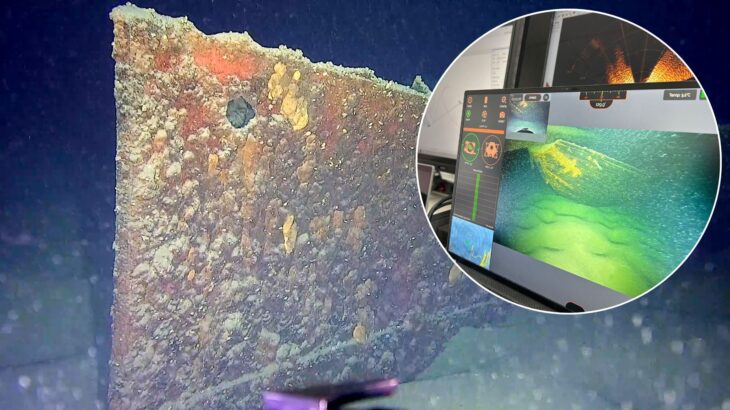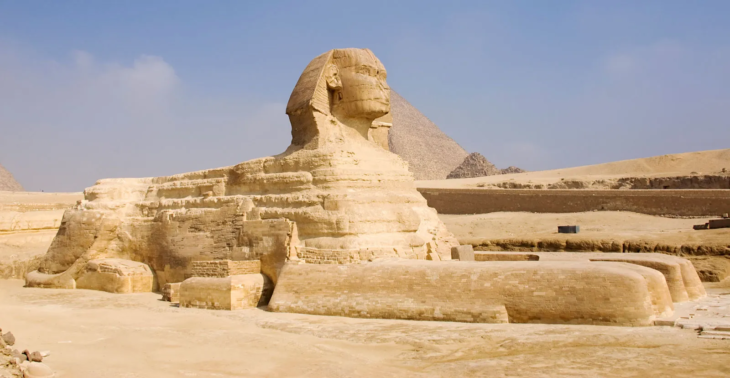Deep in the rainforest of Chiapas, Mexico, archaeologists believe they have uncovered the lost city of Sak-Bahlán, known as the “Land of the White Jaguar” — the final refuge of the last Maya rebels who resisted Spanish conquest for more than a century.
After remaining hidden for over 300 years, the once-mythical city of Sak-Bahlán has likely been rediscovered by an international archaeological team co-directed by Dr. Brent Woodfill (Winthrop University, USA) and Dr. Yuko Shiratori (Rissho University, Japan). The groundbreaking discovery sheds light on the Lakandon-Ch’olti’es, Maya groups who remained independent long after the fall of their capital, Lacam-Tún, in 1586.
GIS Technology Leads the Way
This remarkable find was made possible by Josuhé Lozada Toledo, a researcher from Mexico’s National Institute of Anthropology and History (INAH), who developed a predictive model using Geographic Information Systems (GIS). Lozada based his calculations on historical records, particularly the 17th-century letters of Spanish friar Diego de Rivas, who described the route taken to and from Sak-Bahlán in the 1690s.
De Rivas’ writings described a four-day journey on foot followed by two days by canoe along the Lacantún River, eventually reaching the confluence with the Pasión River. By reconstructing these paths using ArcGIS Pro software, Lozada input various variables — terrain, water bodies, vegetation, and even the average load carried per person — to estimate a realistic search zone.
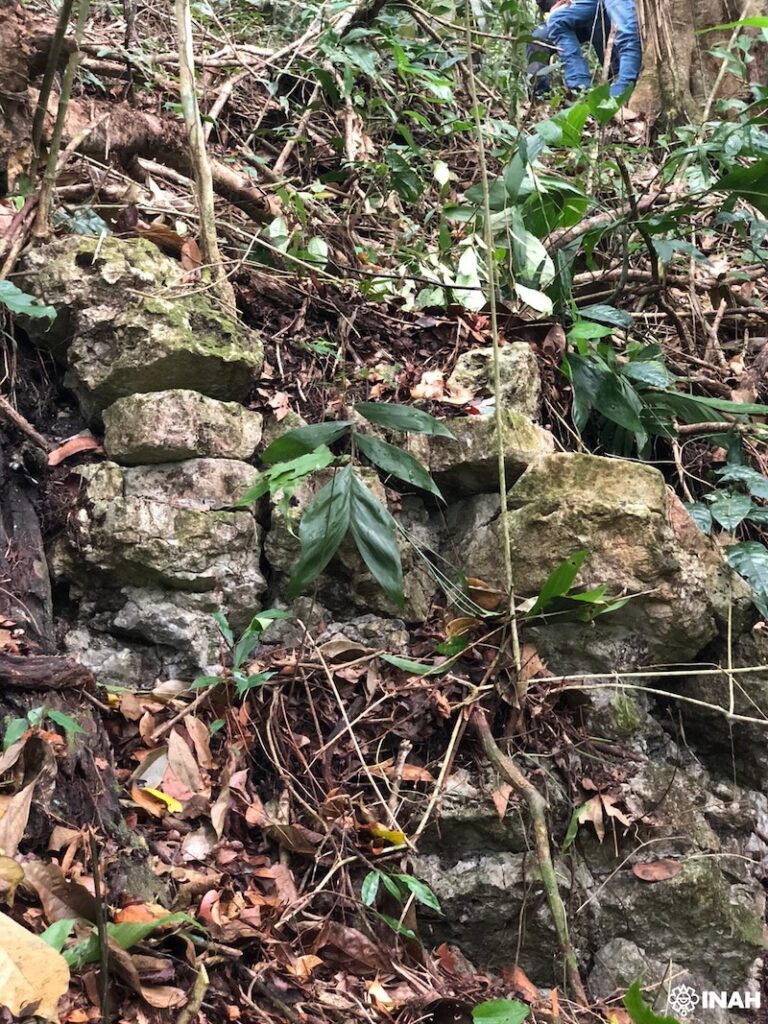
Discovery in the Jungle
Fieldwork began within this calculated region, located near the Jataté and Ixcán rivers, in the heart of the Montes Azules Biosphere Reserve, near the modern Mexico–Guatemala border. After extensive expeditions that mimicked the hardships of 19th-century exploration — albeit with satellite internet and modern tools — the team located architectural remains consistent with Maya construction and colonial records of Sak-Bahlán.
📣 Our WhatsApp channel is now LIVE! Stay up-to-date with the latest news and updates, just click here to follow us on WhatsApp and never miss a thing!!
“It was the most grueling field experience of my career,” said Lozada, “but in the end, we found archaeological evidence right where the model predicted.”
The site has now been registered as “Sol y Paraíso. Probablemente Sak-Bahlán” in Mexico’s National Registry of Archaeological and Historic Monuments, signaling its significance. The team has already completed two field seasons, mapping the site and conducting preliminary excavations to determine its time of occupation.
The Final Bastion of Resistance
Historically, Sak-Bahlán was the final sanctuary of the rebel Maya who refused to accept Spanish rule. These Lakandon-Ch’olti’es remained isolated in the jungle for 110 years after the fall of Lacam-Tún, preserving their autonomy until 1695 when the Spanish friar Pedro de la Concepción discovered the city. Shortly thereafter, it was subdued and renamed Nuestra Señora de los Dolores (Our Lady of Sorrows). It was abandoned by 1721 and eventually consumed by the jungle.
The discovery has profound implications for understanding Maya resistance, indigenous survival, and post-conquest dynamics in colonial Mesoamerica. As referenced by historian Jan de Vos, who once attempted to locate Sak-Bahlán in a failed 1999 expedition, this site represents the final chapter in the defiance of the last free Maya city.
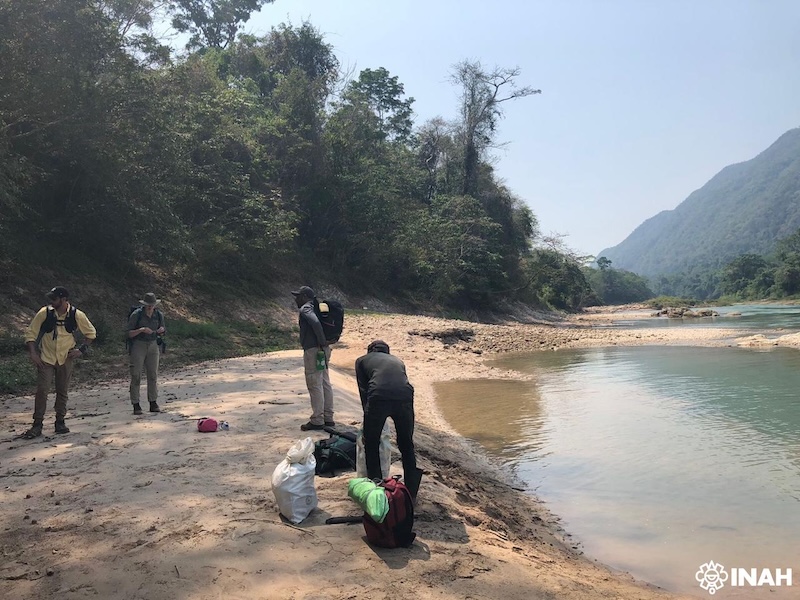
Documentary and Future Research
The discovery is also the focus of an upcoming Discovery Channel documentary titled “Discovering the Hidden Mayan City: Sac Balam.” Additional findings and interpretations will be published in the next issue of Chicomoztoc, a peer-reviewed archaeology journal.
With further excavations planned, researchers hope to uncover more clues about the lives of the Lakandon-Ch’olti’es, their resistance to colonization, and the spiritual and political significance of the so-called Land of the White Jaguar.
Cover Image Credit: The possible last city of the rebel Lacandon Maya in Chiapas, Sak-Bahlán, located. Credit: Josuhé Lozada, CINAH Chiapas.

